Vypínače s pohybovým senzorem jsou nástěnné vypínače aktivované pohybem, které nám mohou automaticky rozsvítit světla, když jsou lidé v místnosti, a zhasnout světla po našem odchodu. Tyto světelné spínače se snímačem pohybu jsou šetrné k životnímu prostředí, mohou ušetřit velké množství energie a také nám mohou zpříjemnit život, takže se už nemusíme dotýkat vypínače.
Obsah
- Proč potřebujeme upravit přepínač
- Jak nastavit světelný spínač s pohybovým senzorem
- Co je třeba vzít v úvahu při nastavování spínače
Proč potřebujeme upravit přepínač
Nastavení spínač světla se snímačem pohybu po instalace je rozhodující, protože výchozí nastavení vám nemusí vyhovovat. Ačkoli většina výrobců poskytuje výchozí tovární nastavení, které je připraveno k použití pro běžné každodenní použití, možná budete muset změnit přizpůsobení, které může konkrétně vyhovovat vašim jedinečným požadavkům.
Například Spínač snímače pohybu Rayzeekje ve výchozím nastavení nastaven režim obsazenosti, 1minutová časová prodleva a hodnota okolního světla 25 luxů, což je pro většinu domácích uživatelů naprosto vyhovující. Můžete si však přizpůsobit kratší časovou prodlevu, například 15 sekund, a vyšší hodnotu luxů, například 35 luxů, abyste ušetřili více energie.

Rayzeek RZ021-5A-G
Světelný spínač se snímačem pohybu
Snímač přítomnosti/prostoru
- Exkluzivní manuální režim zapnutí/vypnutí
- Není vyžadována neutrální hodnota
- 110V ~ 277V Komerční třída
Pokud není spínač se snímačem pohybu dobře nastaven, může nejen spotřebovávat více elektřiny, ale také způsobovat nepříjemnosti, jako je náhodné zapnutí nebo falešné vypnutí světla.
Jak nastavit světelný spínač s pohybovým senzorem
Uživatelé mohou upravit nastavení světelného spínače s pohybovým senzorem přepínáním přepínačů pod krytem nebo stisknutím tlačítek na povrchu.
Inspirujte se portfoliem pohybových senzorů Rayzeek.
Nenašli jste to, co jste chtěli? Nebojte se. Vždy existují alternativní způsoby řešení vašich problémů. Možná vám pomůže některé z našich portfolií.
Mnoho klasických světelných spínačů s pohybovým senzorem se programuje pomocí pomocných tlačítek nebo přepínačů za krycí deskou. Pro účely vzhledu celku jsou tlačítka nebo přepínače pro přizpůsobení vizuálně skryty pod panelem. Chcete-li tato nastavení změnit, musíte odstranit ovládací panel nebo krycí místo spínače světla s pohybovým senzorem, abyste k nim získali přístup.
Inovativní spínače světla s pohybovým senzorem, které jsou dnes na trhu, lze nastavit přímo na povrchu stisknutím několika tlačítek, aniž by bylo nutné odstraňovat kryty nebo panely. Například u spínačů s pohybovým senzorem řady Rayzeek můžete všechna nastavení přizpůsobit pouze buď krátkým stisknutím, nebo stisknutím a podržením dvou tlačítek. Nový způsob úpravy nastavení je lepší než dříve, protože časté odstraňování krytů na spínači mohlo skončit uvolněním.
Co je třeba vzít v úvahu při nastavování spínače
Zde je několik pokynů, kterými se můžete řídit při nastavování spínačů se snímačem pohybu, abyste dosáhli co nejlepších výsledků.
Režim detekce pohybu
Když si koupíte zařízení 2 v 1 nebo čidlo přítomnosti/nepřítomnosti nástěnný vypínač, můžete si vybrat, zda bude světelný spínač se snímačem pohybu fungovat jako spínač se snímačem přítomnosti nebo jako spínač se snímačem volného prostoru. Některá čidla přítomnosti s funkcí ručního zapnutí jsou obvykle stejná jako čidla přítomnosti/nepřítomnosti.
Režim obsazenosti
Režim snímače přítomnosti je režim automatického zapnutí/vypnutí s detekcí pohybu, který zapne světlo, když se v místnosti objeví snímač pohybu detekuje osoby a vypne se poté, co detektor pohybu osoby nevidí.
Režim přítomnosti nebo spínač snímače přítomnosti je způsobilý pokrýt většinu požadavků pro každodenní použití v obytných a komerčních prostorách. V režimu obsazenosti je spínač s pohybovým senzorem zcela bezdotykový a automatický, což je vhodné pro domácí a firemní použití, jako jsou kuchyně, koupelny, chodby a soukromé kanceláře.
Režim volných míst
Režim snímače volného prostoru je režim detekce pohybu Manual-On/Auto-Off a někdy se také nazývá režim obsazenosti Manul-On. V režimu volného prostoru se světlo rozsvítí až po ručním stisknutí tlačítka na vypínači a světlo se automaticky vypne, podobně jako v režimu obsazenosti.
Senzorový spínač volného prostoru nebo režim volného prostoru se obvykle používá spíše v komerčních prostorách než v domácnostech, protože není zcela automatický a vyžadoval by určitý manuální zásah. Snímač volného místa však může ušetřit více energie než snímač přítomnosti, protože světlo se rozsvítí pouze tehdy, když lidé stisknou tlačítko, a nemůže zapnout světlo falešně jako snímač přítomnosti. Snímač volného místa je tedy podle energetických předpisů hojně používán v komerčních budovách a často se s ním setkáváme v kancelářích, například v konferenčních místnostech.
Časové zpoždění
Nastavení časového zpoždění nebo časového limitu určuje, jak dlouho bude světlo nepřetržitě svítit poté, co je poprvé aktivováno detektorem pohybu. Dokud snímač pohybu detekuje osoby v místnosti, bude světlo svítit. Poté, co lidé opustí místnost a snímač pohybu nezaznamená žádný pohyb, bude světlo svítit dál a v případě návratu lidí se okamžitě nevypne. Po uplynutí časové prodlevy spínač pohybového čidla světlo vypne.
Krátké časové zpoždění, například 15 sekund, může vypnout světlo, jakmile opustíte místnost, což je nejekologičtější možnost vypnutí. A 30minutové časové zpoždění udrží světlo zapnuté ještě 30 minut poté, co je místnost již prázdná.
Jak tedy nastavit správnou časovou prodlevu?
Pokud potřebujete světlo pouze při používání místnosti nebo jen při průchodu kolem pro dočasné osvětlení pro navigaci, můžete nastavit kratší časové zpoždění, například 15 sekund až 1 minutu, pro maximální úsporu energie.
Pokud potřebujete zůstat v místnosti delší dobu, například při vaření nebo čtení, nebo často přicházíte do místnosti a odcházíte z ní, zatímco necháváte světlo zapnuté, můžete nastavit delší časové zpoždění, například 15 až 30 minut, aby se světlo zapnulo, a zabránit tak jeho nežádoucímu vypnutí.
Hledáte řešení úspory energie aktivované pohybem?
Obraťte se na nás pro kompletní PIR senzory pohybu, produkty pro úsporu energie aktivované pohybem, spínače se senzorem pohybu a komerční řešení pro detekci přítomnosti/volnosti.
Světelný senzor
Snímač světla nebo funkce detekce okolního světla umožňuje, aby světlo zůstalo vypnuté při dostatečném okolním světle a snížilo se tak zbytečné plýtvání energií ve dne, protože je zbytečné nechávat světla zapnutá, když je dostatek přirozeného světla.
Uživatelé mohou obvykle vypnout světelný senzor nebo si vybrat z přednastavených hodnot LUX - nízká, střední nebo vysoká. Lux měří světelný tok na jednotku plochy, což se rovná jednomu lumenu na metr čtvereční, a hodnota LUX nějakým způsobem vyjadřuje jas prostředí.
Čím vyšší je hodnota LUX, tím světlejší je prostředí. Některé spínače s pohybovým čidlem by poskytovaly možnosti světelného čidla s nastavením jako nízké, střední až vysoké nebo s přesnými hodnotami LUX jako 15 LUX, 25 LUX, 35 LUX.
Pokud je vypnuta detekce světla/okolního světla, zapne snímač pohybu světlo vždy, když zaznamená pohyb.
Pokud uživatel vybere hodnotu světelného senzoru, například nízkou nebo 15LUX, snímač pohybu aktivuje světlo pouze tehdy, když je okolní světlo nižší než 15LUX.
Jak tedy nastavit hodnotu světelného senzoru?
Pokud potřebujete, aby se světlo zapnulo v tmavých místnostech pro osvětlení, můžete zvolit nízkou hodnotu, například Low, 15LUX nebo OFF.
Pokud potřebujete, aby se světlo zapnulo a poskytlo podpůrné osvětlení k přirozenému světlu, například v kancelářích a kuchyních ve dne, můžete zvolit střední nebo vysokou hodnotu světelného senzoru, například Medium, 25 LUX nebo 35 Lux.
Pokud potřebujete, aby se světlo rozsvítilo pokaždé, když kolem vás projdou nebo vstoupí, můžete světelný senzor vypnout.
Citlivost senzoru
Citlivost senzoru vypočítává, jak daleko je senzor pohybu schopen detekovat, a citlivost senzoru je klíčovým faktorem, který je třeba naprogramovat před jeho uvedením do provozu. Na rozdíl od světel s pohybovým čidlem musí být spínače světel s pohybovým čidlem instalovány do nástěnných krabic, takže umístění a umístění pohybového čidla je obvykle značně omezené. Po instalaci je jediným způsobem, jak změnit zónu pokrytí detekcí pohybu, změna citlivosti snímače pohybu.
Pokud není citlivost dobře nastavena, snímač pohybu by nebyl tak vhodný, jak by měl být.
Pokud je citlivost příliš nízká, může být snímač pohybu neohrabaný a světlo vás účinně detekuje až ve chvíli, kdy se přiblížíte.
Možná máte zájem o
Pokud je citlivost příliš vysoká, může se stát, že snímač pohybu zaznamená pohyb mimo místnost, například průchod lidí venku, což způsobí falešné rozsvícení světla, i když se v místnosti ve skutečnosti žádní lidé nenacházejí, což způsobí plýtvání elektrickou energií.
Jak tedy nastavit hodnotu citlivosti senzoru?
Nejprve nastavíme vysokou citlivost. Pokud funguje dobře, ponecháme ji na vysoké hodnotě.
Pokud je citlivost příliš vysoká, dochází k neočekávanému rozsvícení světla. Pak se pokusíme nastavit citlivost na nízkou.
Pokud nízká citlivost nestačí pro správnou přesnost detekce pohybu, můžeme citlivost nastavit zpět na vysokou. Pak můžeme pomocí lepicích pásek částečně zakrýt okno detekce pohybu a postupně snižovat citlivost, dokud nedosáhneme dokonalého výsledku.

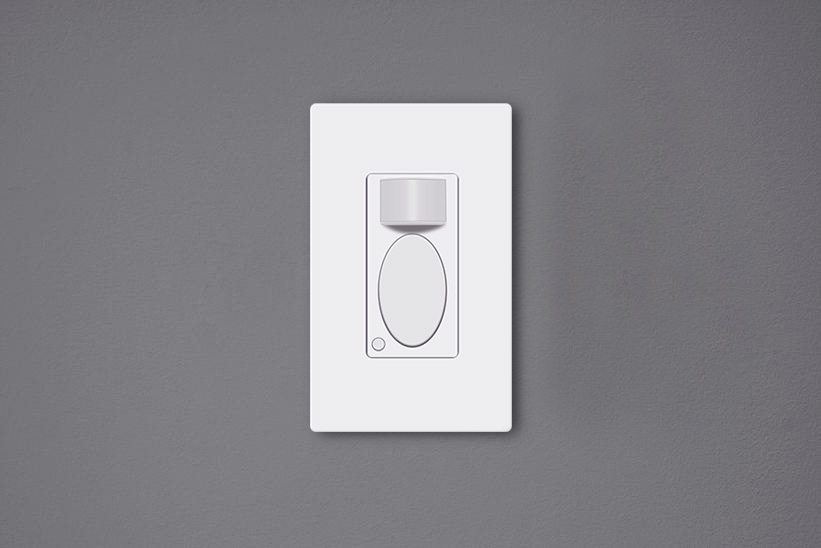
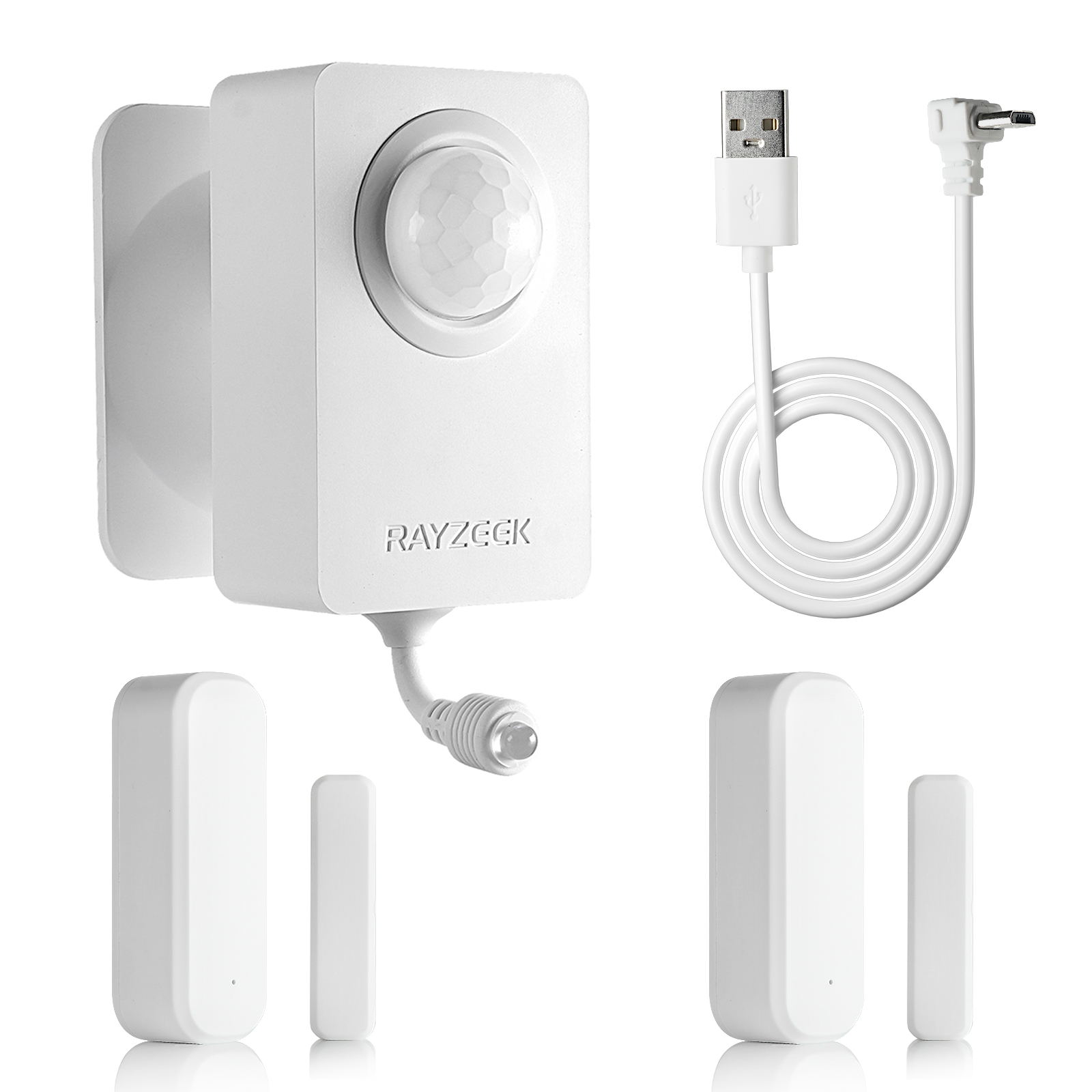
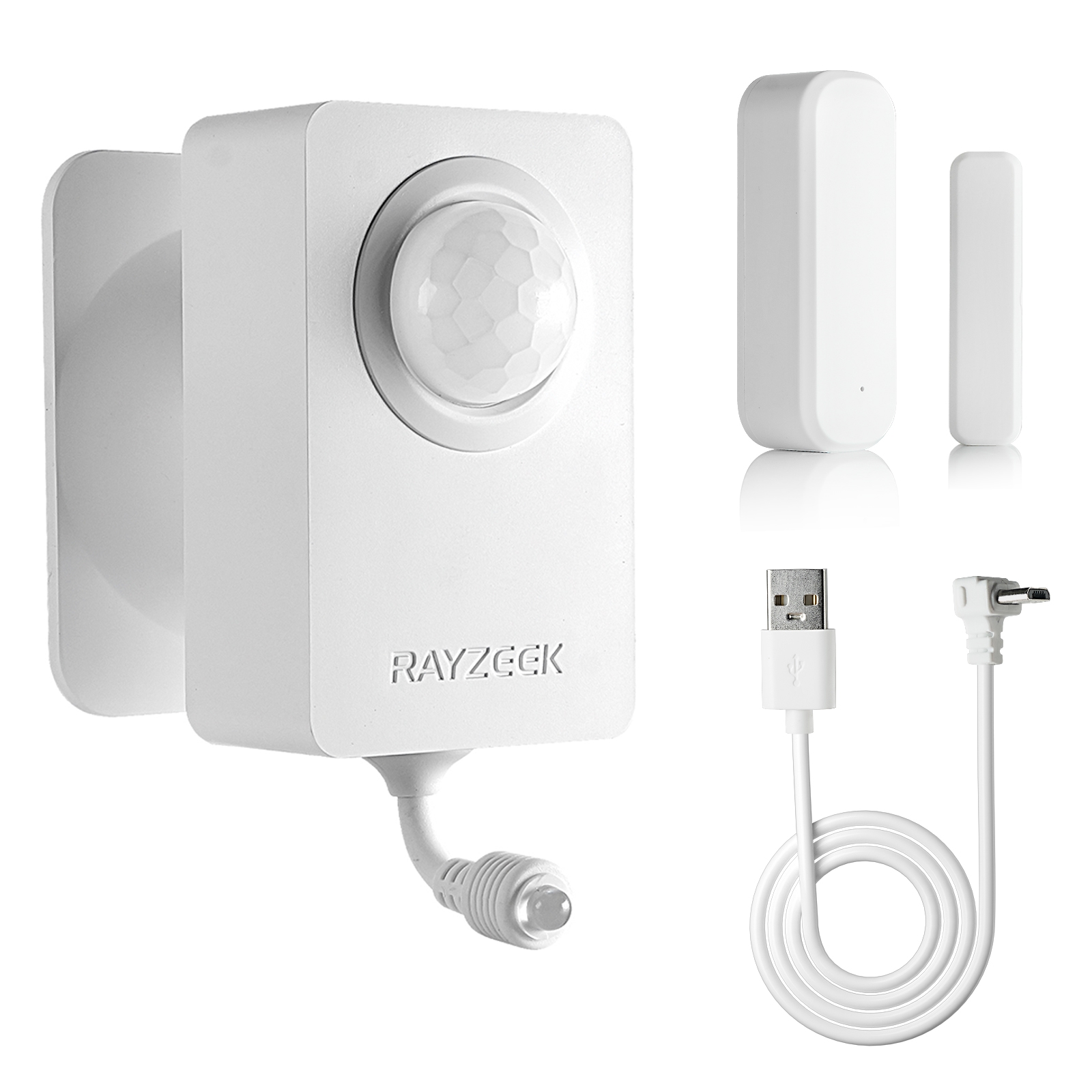













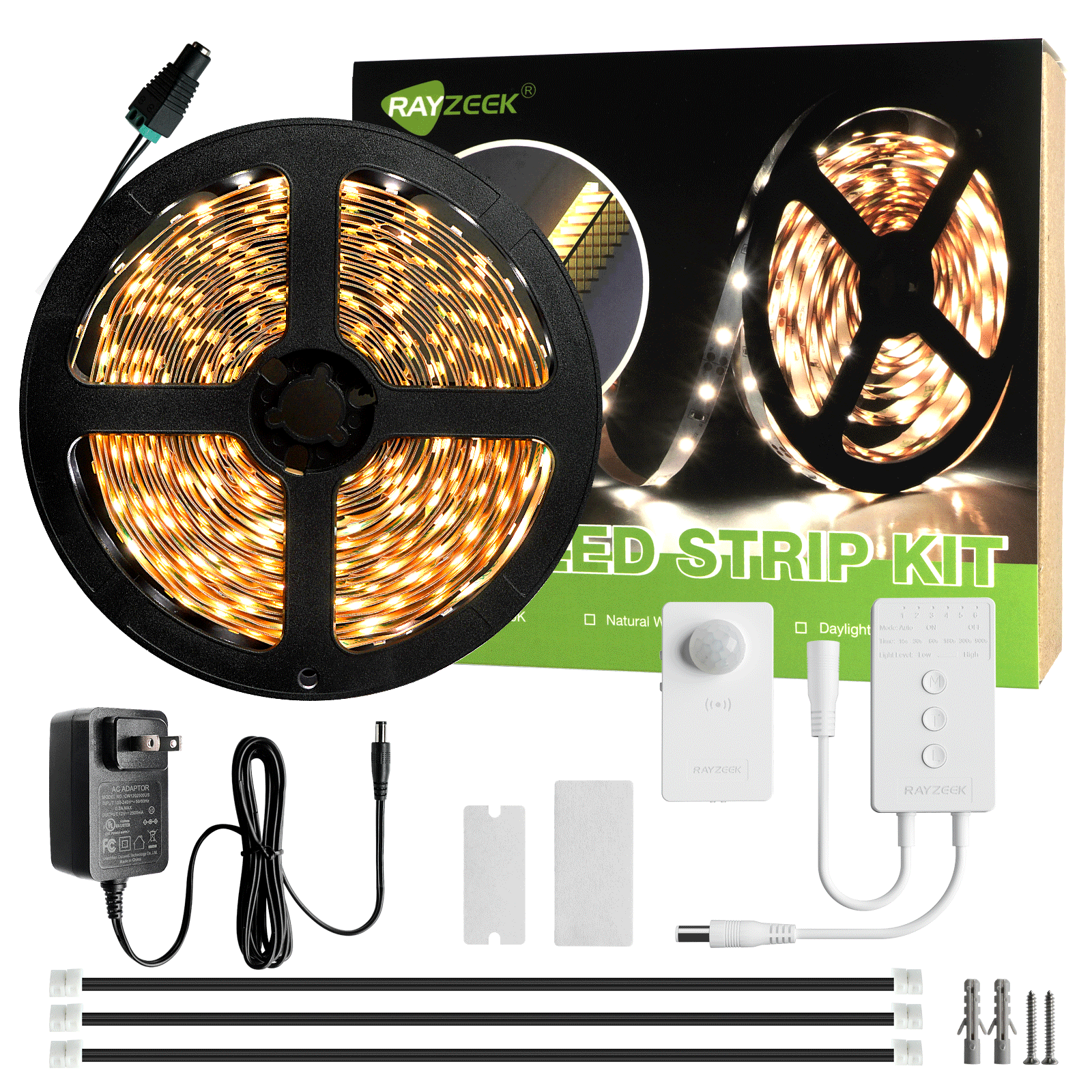
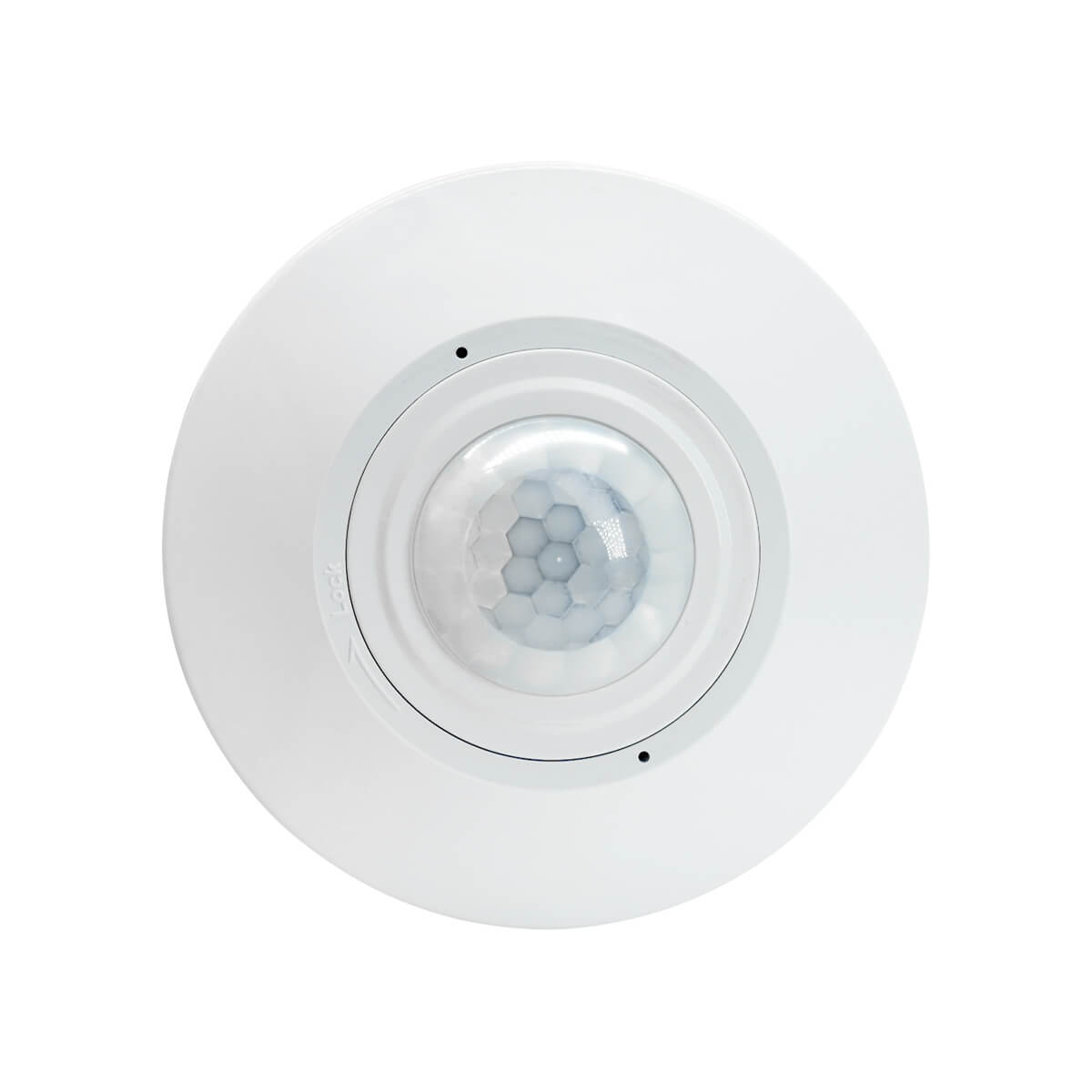

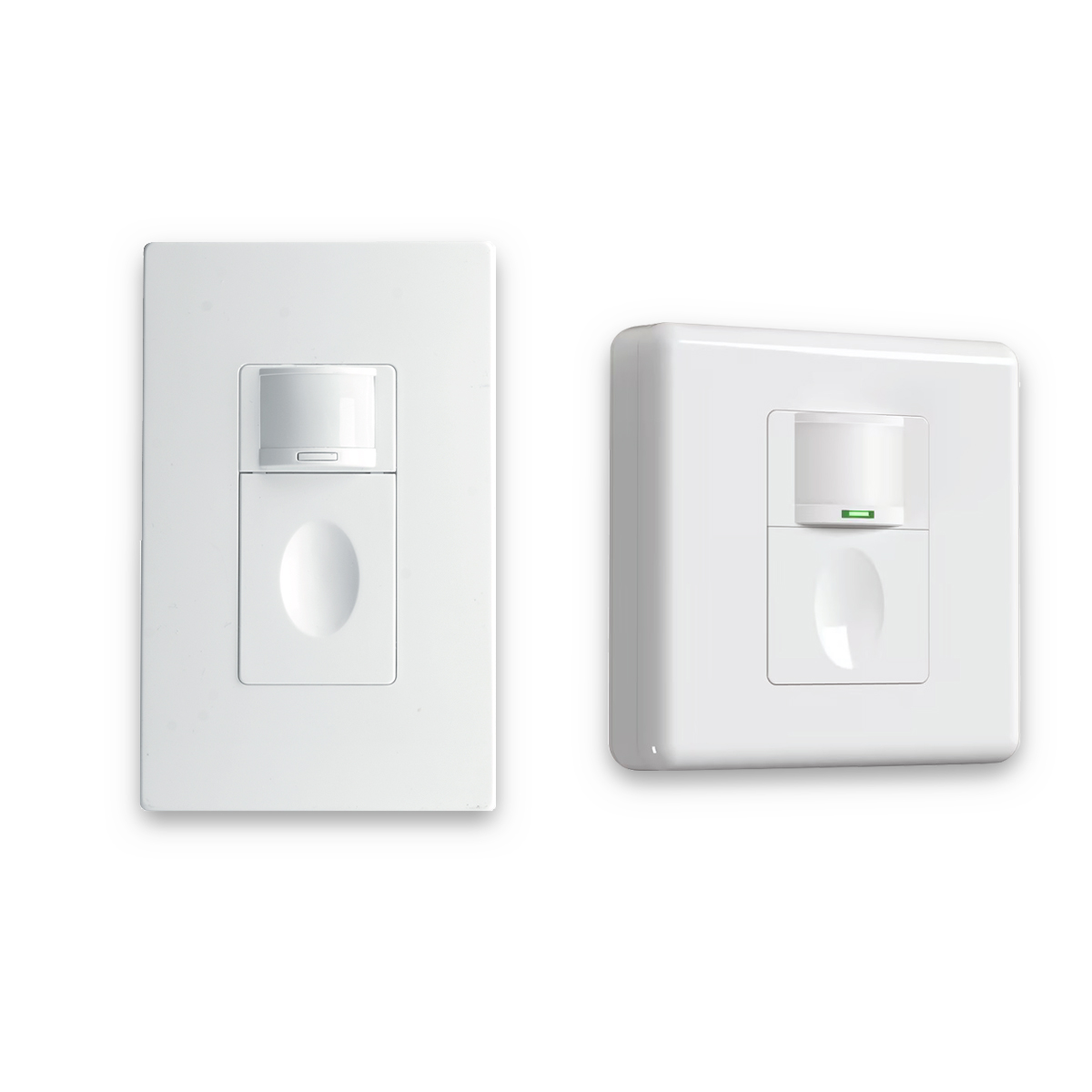
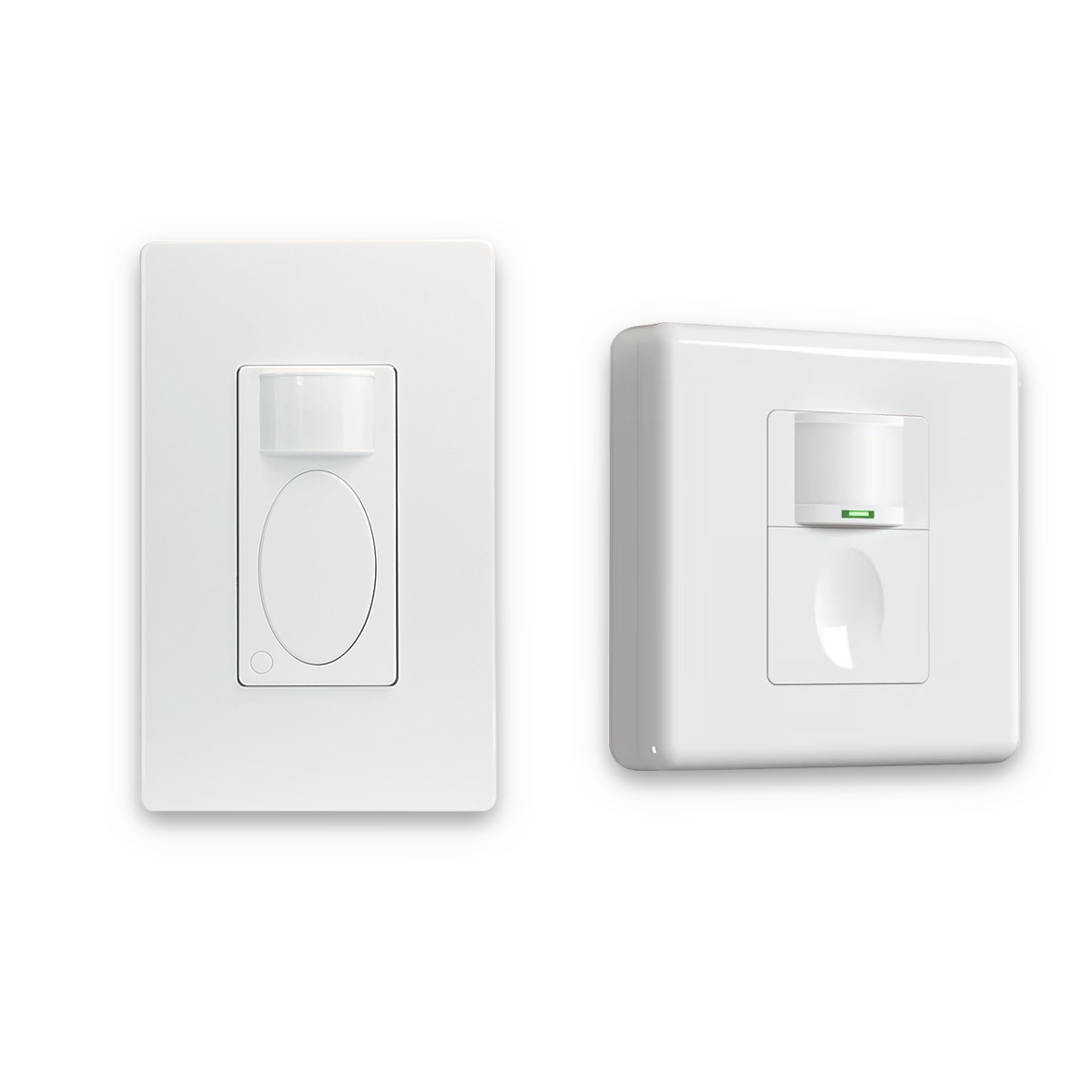
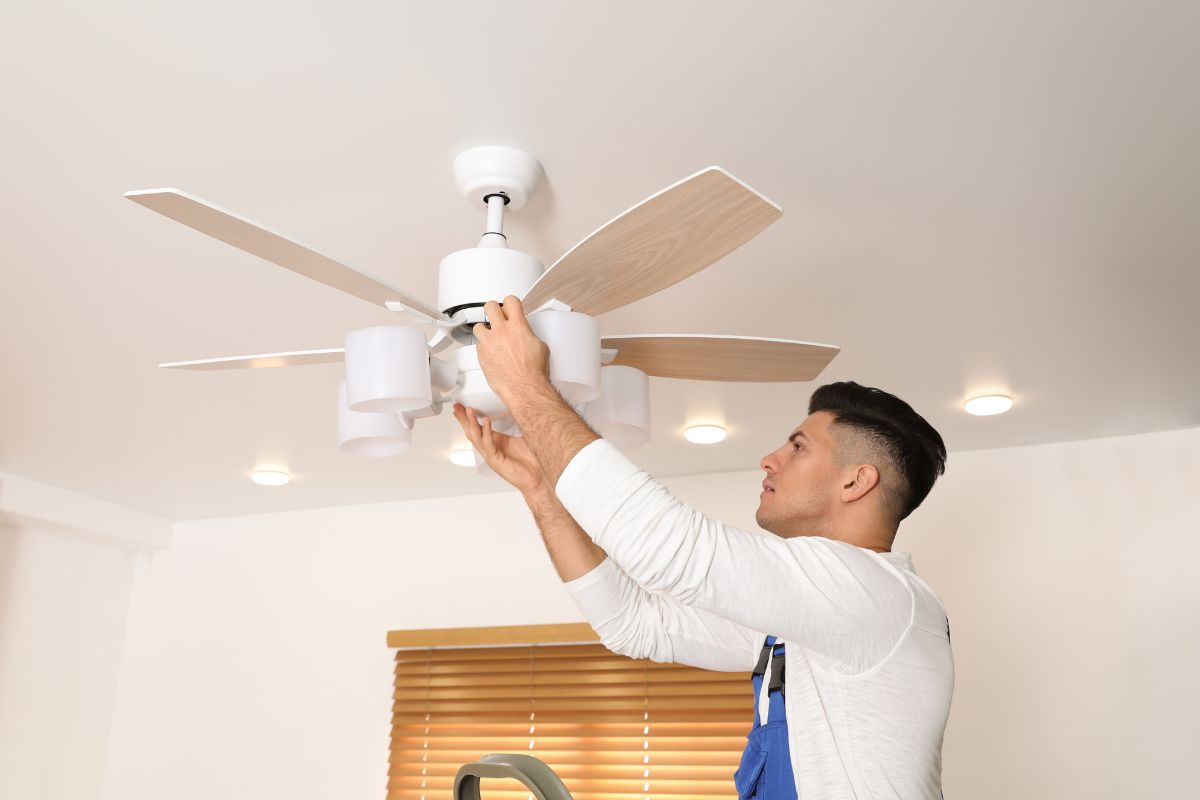

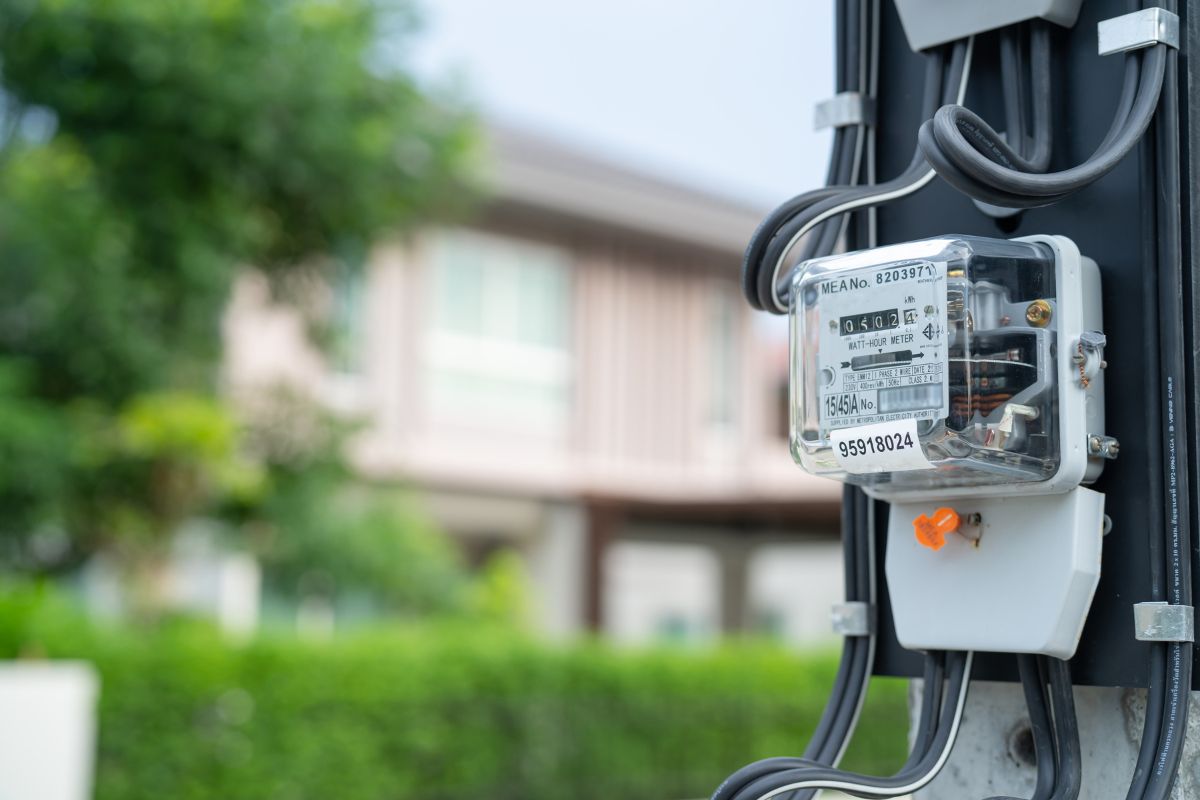





Skvělá práce vysvětlující velmi podrobně zřejmé, ale vše, co jsem chtěl vědět, je, jak upravit tato nastavení
Ahoj Jamesi,
To záleží na modelech, které máte. Každý z nich má vlastní způsob nastavení. Proto se jimi v článku nezabýváme.
K úpravě těchto nastavení se používají mechanické ovladače/přepínače, některé malá tlačítka umístěná na přepínači a některé APP.
Informace o jejich nastavení naleznete v návodu k obsluze produktu.
V podstatě je to snadné a zřejmé.